Sustainability isn’t just a buzzword—it’s our future. That’s why sustainable branding is so important!
In this article, we will dive into what it is, the pitfalls of greenwashing and the key strategies on how you can incorporate true sustainability into the brands you build, along with examples and a case study!

This article first appeared in Branders Magazine’s Issue 32 dedicated to genuine green initiatives along with thought leaders like Matt Davies, Alex Colley, Rob E. Sinclair, and many more.
It stresses the importance of transparency and ethical practices to fulfill consumer expectations for real environmental responsibility.
Get your free copy here and find my article on page 16.
Beyond Greenwashing… True Sustainable Branding
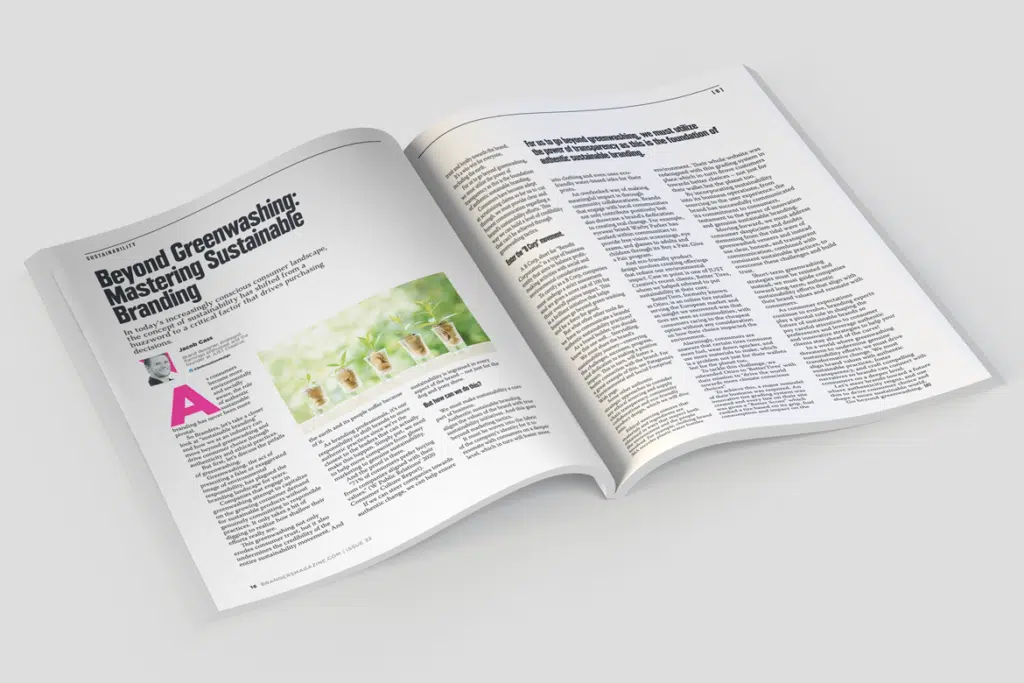
In today’s increasingly conscious consumer landscape, the concept of sustainability has shifted from a buzzword to a critical factor that drives purchasing decisions.
As consumers become more environmentally and socially aware, the role of authentic sustainable branding has never been more pivotal.
Let’s take a closer look at “sustainable branding” and how we as an industry can move beyond greenwashing and drive consumer choice through authenticity and ethical practices.
But first, let’s discuss the pitfalls of greenwashing.
What is greenwashing?
Greenwashing, the act of presenting a false or exaggerated image of environmental responsibility, has plagued the branding landscape for years.
Companies that engage in greenwashing attempt to capitalize on the growing consumer demand for sustainable products without genuinely committing to responsible practices. It only takes a bit of digging to realize how shallow their efforts really are.
This greenwashing not only erodes consumer trust, but it also undermines the credibility of the entire sustainability movement. And the earth and its people suffer because of it.
We must make sustainability a core part of business
As branding professionals, it’s our responsibility to shift brands to more authentic practices since we’re the closest to the leaders that can actually make this happen. Simply put, we need to help move companies from glossy marketing to genuine sustainability.
And the proof is there.
“71% of consumers prefer buying from companies aligned with their values.” (W Public Relations’ 2020 Consumer Culture Report).
If we can steer companies towards authentic change, we can help ensure sustainability is ingrained in every aspect of the brand – not just for the dog and pony show.
But how can we do this?
We must make sustainability a core part of business.
Authentic Sustainable Branding is Rooted in Transparency
Authentic sustainable branding aligns the values of the brand with true sustainability initiatives. And this goes beyond marketing tactics.
It must be woven into the fabric of the company’s identity for it to resonate with consumers on a deeper level, which in turn will foster more trust and loyalty towards the brand.
It’s a win-win for everyone, including the earth.
For us to go beyond greenwashing, we must utilize the power of transparency as this is the foundation of authentic sustainable branding.
Consumers have become adept at scrutinizing claims so for us to cut through, we must provide clear and honest communication regarding a brand’s sustainability efforts. This way we can build a level of credibility that can’t be achieved through greenwashing tactics.
Enter the “B Corp” movement.
Enter The B Corp Movement
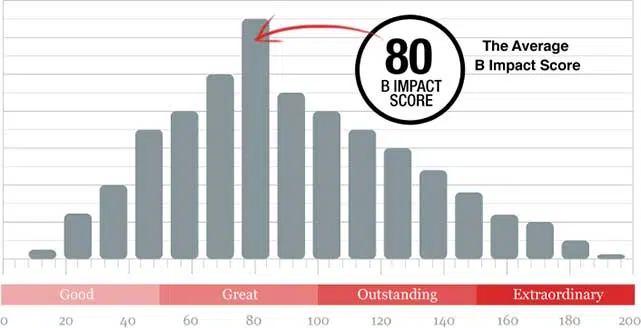
A B Corp, short for “Benefit Corporation,” is a type of business entity that aims to balance profit-making activities with social and environmental considerations.
To certify as a B Corp, companies must undergo a strict assessment and are given a score out of 200 for their overall positive impact. This is a brilliant initiative that helps businesses go beyond green washing and be a force for good.
But what other other tools do we have to communicate a brands’ authentic sustainability practices?
As a brand builder, you should know this one well… Storytelling.
4 Methods for Sustainable Branding
1. Storytelling
We must share the brand’s sustainability journey—conveying the challenges, successes, progress, and dedication to making a positive impact. This in turn, will foster a better connection with the brand. For a great example of this, see Patagonia’s ‘Environmental and Social Footprint’ Web page.
Some other authentic strategic approaches to consider are ethical sourcing and supply chain transparency, community collaborations and eco-friendly product design, which we will dive into.
2. Ethical Sourcing
Ethical sourcing ensures that materials and ingredients are obtained in ways that respect both the environment and the people involved. For example, clothing brand 30A recycles plastic water bottles into clothing and even uses eco-friendly water-based inks for their prints.
3. Community Collaborations
An overlooked way of making meaningful impact is through community collaborations. Brands that engage with local communities not only contribute positively but also showcase a brand’s dedication to creating real change. For example, eyewear brand Warby Parker has worked within communities to provide free vision screenings, eye exams, and glasses to adults and children through its Buy a Pair, Give a Pair program.
3. Eco-Friendly Product Design
And eco-friendly product design involves creating offerings that reduce our environmental impact. Case in point is one of JUST Creative’s recent clients, BetterTires, whom we helped rebrand to put sustainability at their core.
Sustainable Branding Case Study: BetterTires
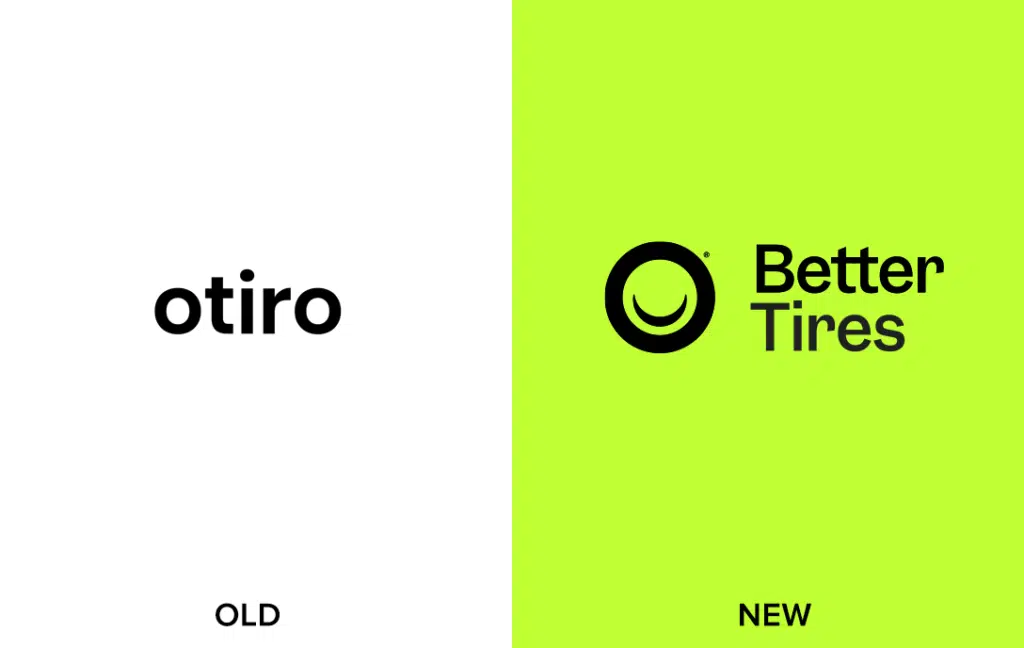
BetterTires, formerly known as Otiro, is an online tire retailer serving the European market and an insight we uncovered was that tires are seen as commodities, with consumers racing to the cheapest option without any consideration on how their choice impacted the environment.
Alarmingly, consumers are unaware that certain tires consume more fuel, wear down quicker, and use more materials to make, which is a problem not just for their wallets but for the planet too.
To tackle this challenge, we rebranded Otiro to ‘BetterTires’ with their mission to “drive the world towards more climate conscious choices”.
To achieve this, a major remodel of their business was required. An innovative tire grading system was created and every tire on their site was given a “Better Score” which ranked a tire based on its grip, fuel consumption and impact on the environment.
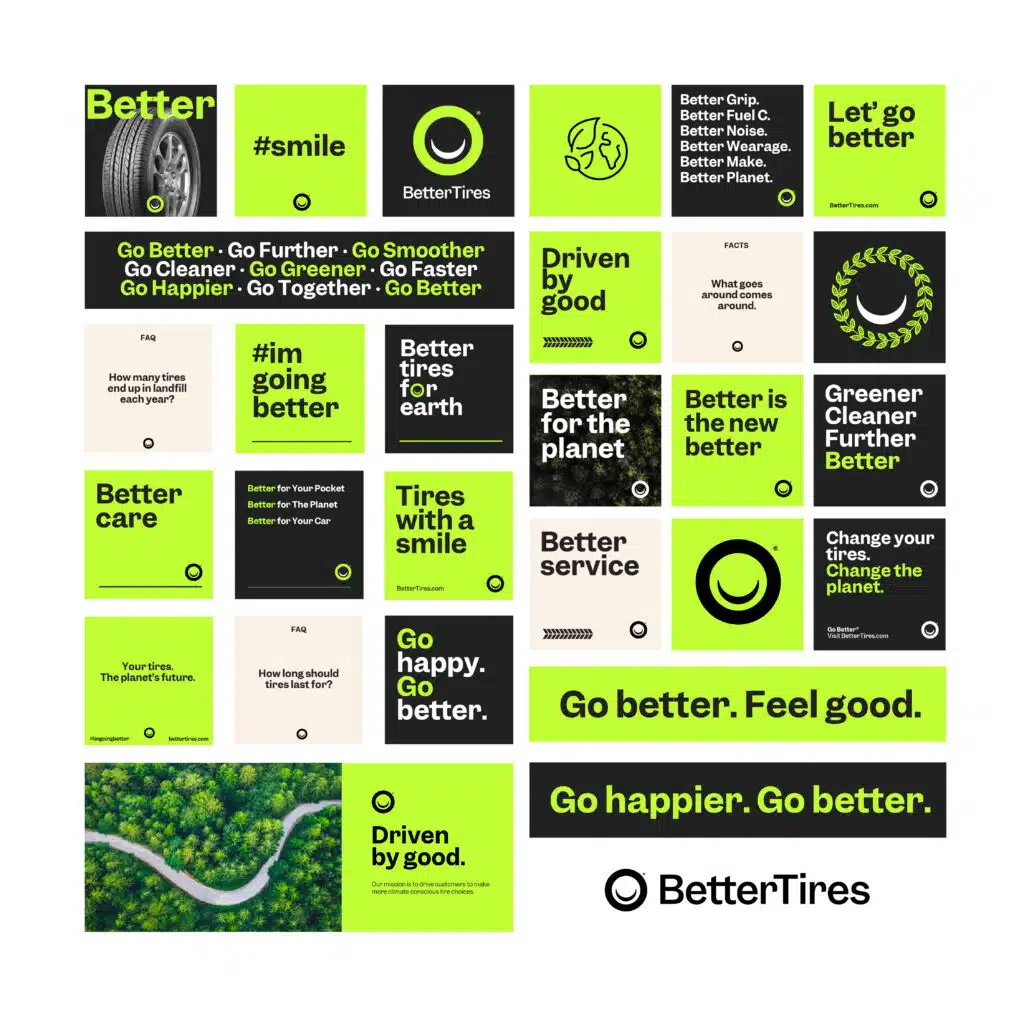
Their whole website was redesigned with this grading system in place which in-turn drove customers towards better choices – not just for their wallet but the planet too.
By incorporating sustainability into its business operations, from sourcing to the user experience, the brand has successfully communicated its commitment to consumers, testament to the power of innovation and genuine sustainable branding.
Moving forward, we must address consumer skepticism and doubts stemming from the tidal wave of greenwashed veneers and instead use clear, honest, and transparent communication, combined with consistent sustainable practices, to overcome these challenges and build trust.
How to go Beyond Greenwashing In Summary
Short-term greenwashing strategies must be resisted and instead, we must guide companies toward long-term, authentic sustainability efforts that align with their brand values and resonate with consumers.
As consumer expectations continue to evolve, branding experts play a pivotal role in shaping the future of sustainable brands so pay careful attention to consumer preferences and leverage authentic and innovative strategies to help your clients stay ahead of the curve!
In a world where greenwashing threatens to undermine genuine sustainability efforts, we must drive transformative change. We must align brand values with authentic sustainable practices, foster transparency, and craft compelling narratives so brands can connect with consumers on a deeper level.
Let’s steer brands toward a future where authenticity reigns, and use this to drive consumer choice and shape a more sustainable world.
Go beyond greenwashing.
About Branders Magazine
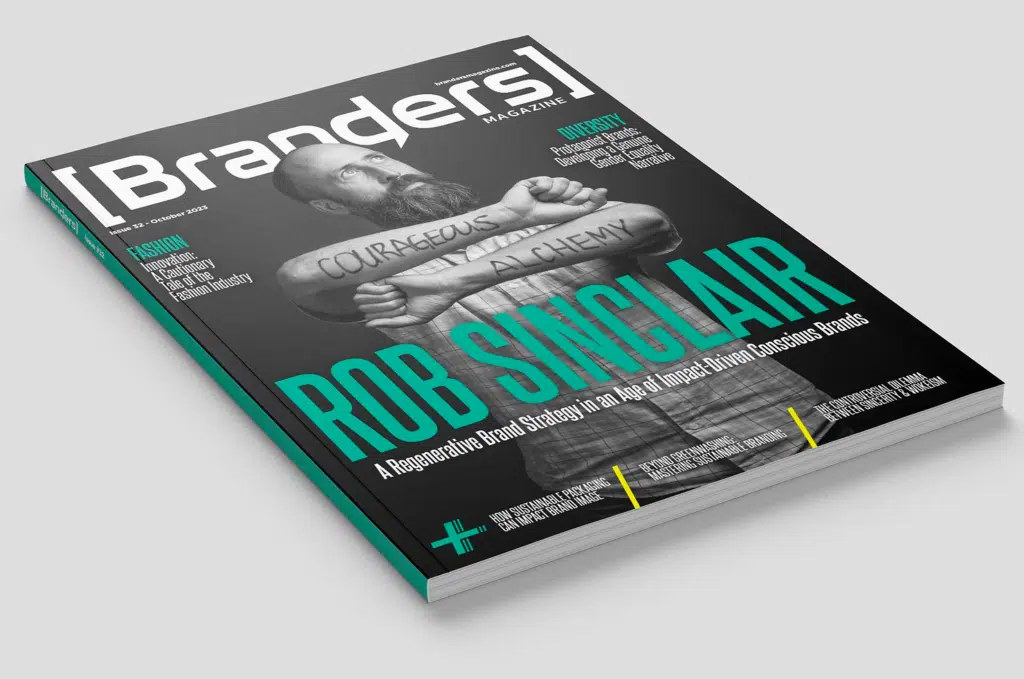
Branders Magazine, established in 2015, is an online publication specialized in Branding, Strategy and Innovation, teaching professionals how to grow their businesses through branding.
Their goal is to share knowledge with their audience, and to exchange ideas from industry experts & practitioners with different backgrounds and perspectives.
Branders Magazine is an excellent guide for those who want to establish an authentic brand, learn the latest industry trends & build a strong customer following!
And as of October 2023, the digital version of Branders Magazine is now available for FREE!
This niche magazine has contributions from folks like Marty Neumeier, Chris Do, Denise Lee Yohn, Terri Goldstein all whom we have interviewed on our podcast.

